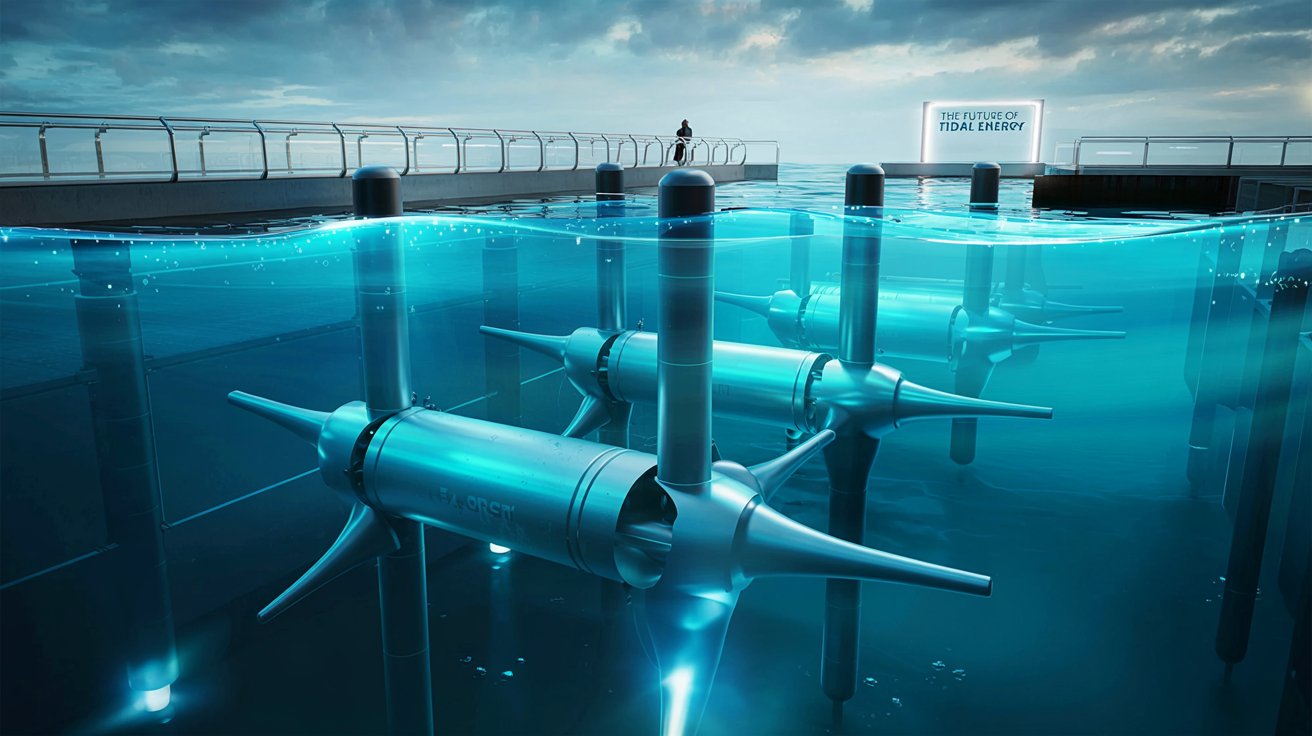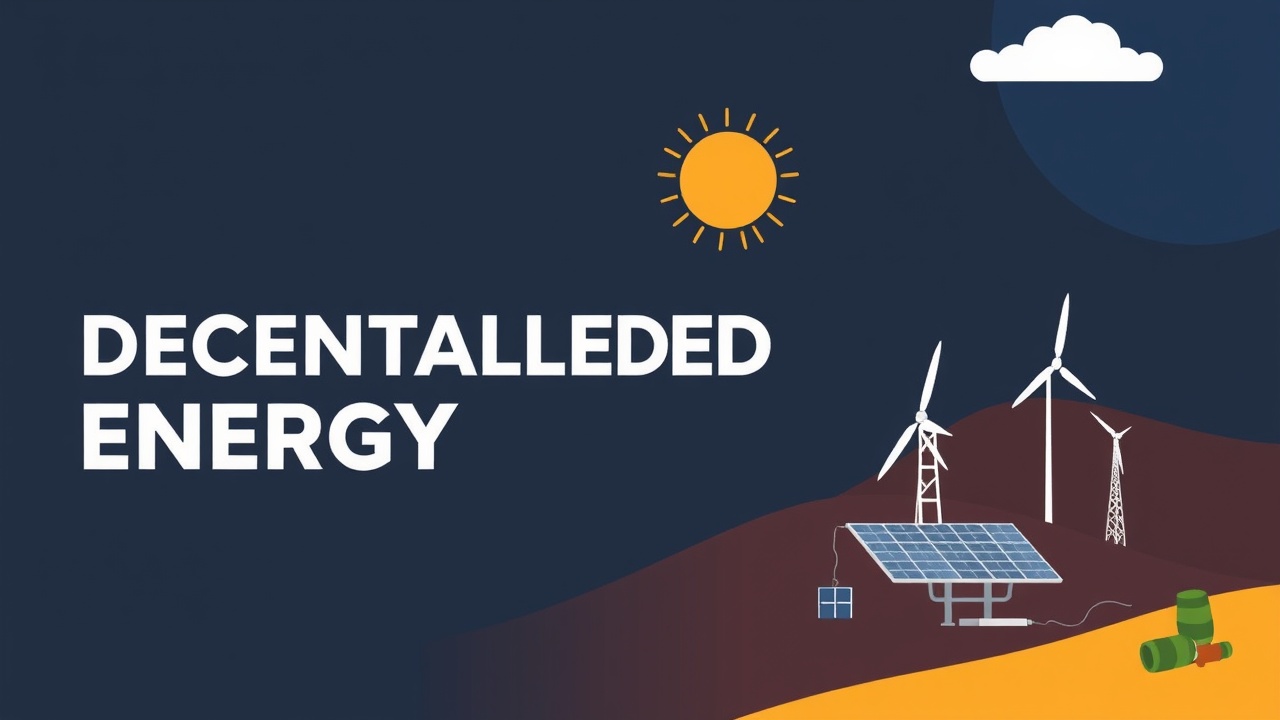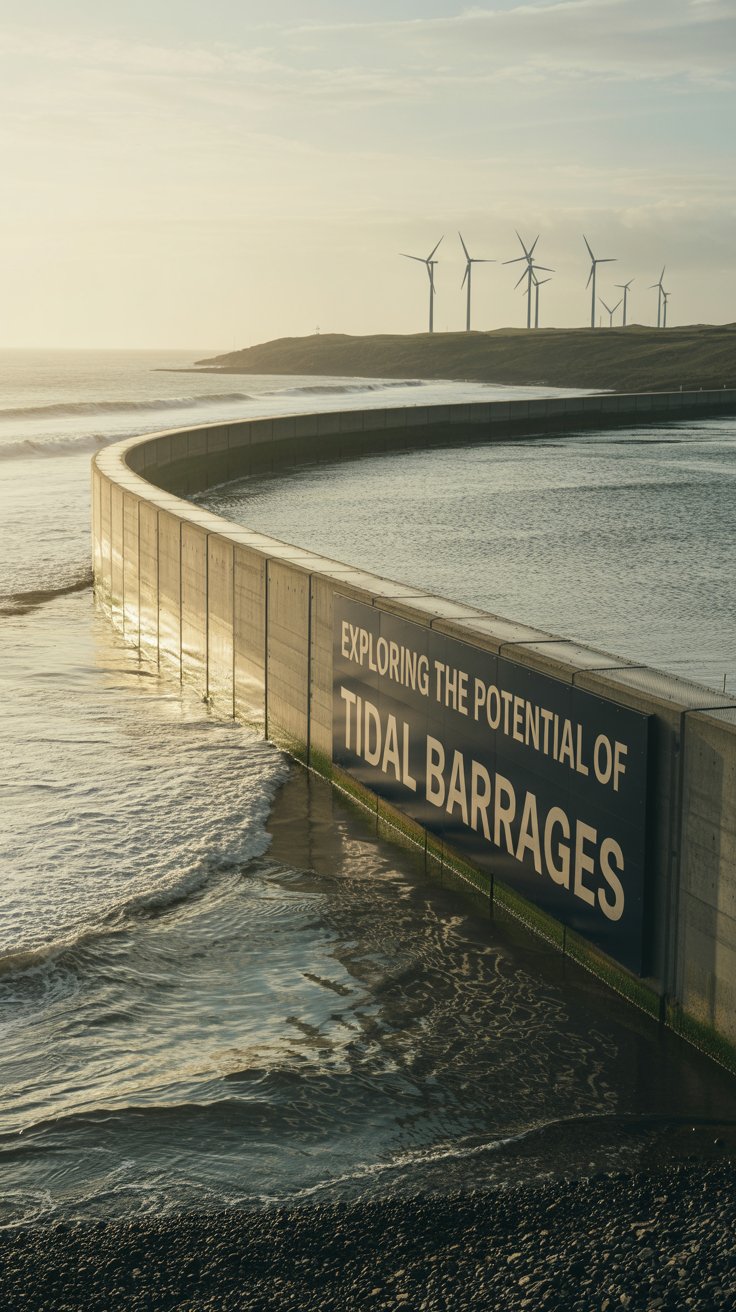Introduction
Tidal energy is a form of renewable energy that captures the kinetic and potential energy of ocean tides to generate electricity.
There are two main types of tidal energy technology: tidal stream generators and tidal barrages.
Tidal stream generators operate much like underwater wind turbines, using the natural movement of water to produce electricity.
In contrast, tidal barrages generate power by taking advantage of the difference in water levels between high and low tides.
One major benefit of this form of marine-based power is its predictability—tides follow consistent and measurable patterns. This reliability makes it an excellent option for delivering steady, renewable electricity.
Harnessing the motion of ocean tides, this clean energy source is proving to be both dependable and environmentally friendly. As the global shift toward sustainability accelerates, interest in ocean-driven power continues to grow.
With ongoing technological advances and numerous promising projects on the horizon, its future looks increasingly promising.
Content
The Importance of Tidal Energy
With the global push to cut carbon emissions and shift away from fossil fuels, ocean-powered electricity presents a promising alternative. It produces no greenhouse gases and can generate power consistently, unlike solar and wind sources, which are often weather-dependent.
For coastal nations, this marine-based resource offers a way to diversify their energy portfolios and lessen dependence on imported fuel. As innovation progresses and costs come down, it could become a vital element of global energy systems.
The future of this technology looks bright, with ongoing breakthroughs and significant investment driving progress. From floating turbine development to the use of artificial intelligence, marine energy solutions are advancing quickly.
Major projects in the UK, South Korea, Canada, and other countries underscore the growing importance of harnessing ocean movement for power.
As the world seeks cleaner and more dependable energy options, marine-based generation could play a crucial role in the transition.
The Future, Innovations, and Upcoming Projects
1. Technological Advancements Driving Growth
The future of ocean-powered electricity is being shaped by rapid technological progress. In recent years, several exciting breakthroughs have made marine energy systems more efficient and cost-effective.
New turbine models are now being engineered to function in deeper waters and areas with weaker tidal currents, unlocking new locations for power generation.
There’s also increasing interest in hybrid renewable systems that blend tidal power with sources like wind and solar. These integrated solutions offer a more stable and dependable energy supply by balancing the intermittent output of wind and solar with the predictability of tidal flow.
Among the most notable innovations is the rise of floating turbines. Positioned on buoyant platforms, these devices can be deployed in deeper and more complex marine environments where fixed installations aren’t practical.
This advancement holds great promise for expanding the reach of marine-based electricity generation.
2. The Role of Artificial Intelligence in Tidal Energy
Artificial intelligence (AI) is beginning to play a key role in optimizing tidal energy generation. AI systems can analyze data from tidal turbines to predict performance, optimize turbine placement, and improve overall efficiency. By integrating AI with tidal energy systems, operators can better manage energy production and maintenance, reducing downtime and increasing the overall efficiency of tidal power plants.
AI-powered solutions can also be used for environmental monitoring, ensuring that tidal energy projects have minimal impact on marine ecosystems. By continuously monitoring water quality, wildlife, and other environmental factors, AI can help mitigate any negative effects that may arise from tidal energy generation.
3. Upcoming Tidal Energy Projects Around the World
Several groundbreaking tidal energy projects are currently underway, and many more are planned for the future. These projects are expected to contribute significantly to the growth of tidal energy capacity worldwide.
- MeyGen Project (United Kingdom): The MeyGen tidal stream project, located off the coast of Scotland, is one of the largest and most advanced tidal energy projects in the world. The project has already seen the installation of multiple tidal turbines, and future phases aim to significantly increase its generating capacity, potentially powering thousands of homes.
- Sihwa Lake Tidal Power Station (South Korea): South Korea is home to the world’s largest tidal power plant, the Sihwa Lake Tidal Power Station. Since its completion in 2011, the plant has been successfully generating renewable electricity. The government is planning to expand its tidal energy efforts by constructing additional tidal power stations in coastal areas.
- Bay of Fundy (Canada): The Bay of Fundy, known for having the highest tides in the world, is another hotspot for tidal energy development. The Fundy Ocean Research Center for Energy (FORCE) is testing various tidal stream turbine technologies in the bay and is working toward a commercial-scale tidal energy project.
- Tidal Lagoon Swansea Bay (Wales): This project aims to build the world’s first tidal lagoon, using a series of tidal barrages to generate electricity from the tidal rise and fall. The project is still in the planning stages, but it represents an exciting innovation in tidal energy infrastructure.
4. Environmental Considerations and Sustainability
As with any method of power generation, environmental impact is a major consideration for ocean-based electricity projects. Although this approach is generally regarded as eco-friendly due to its minimal emissions, large infrastructure such as turbines and barrages can still affect marine ecosystems.
To address these concerns, researchers are working to reduce negative effects on the environment. Engineers are developing more wildlife-conscious turbine designs, and advanced monitoring systems are being used to ensure that marine habitats remain undisturbed. With thoughtful planning and the right technology, this renewable resource can be harnessed in a way that is both effective and sustainable.
FAQ
What is tidal energy?
Tidal energy is the power generated by the movement of ocean tides, harnessed using turbines or barrages to produce electricity.
What are the major innovations in tidal energy?
Innovations include floating tidal turbines, hybrid energy systems, and the use of artificial intelligence to optimize energy generation and efficiency.
Where are the largest tidal energy projects located?
Major projects include the MeyGen project in the United Kingdom, the Sihwa Lake Tidal Power Station in South Korea, and the Fundy Ocean Research Center for Energy in Canada.
How does artificial intelligence improve tidal energy?
AI helps optimize turbine performance, predict maintenance needs, and improve environmental monitoring to reduce the impact of tidal energy on marine ecosystems.
What environmental concerns are associated with tidal energy?
While tidal energy is environmentally friendly, large-scale projects can impact marine life. However, efforts are underway to design more wildlife-friendly turbines and minimize disruption to ecosystems.





Leave a Reply